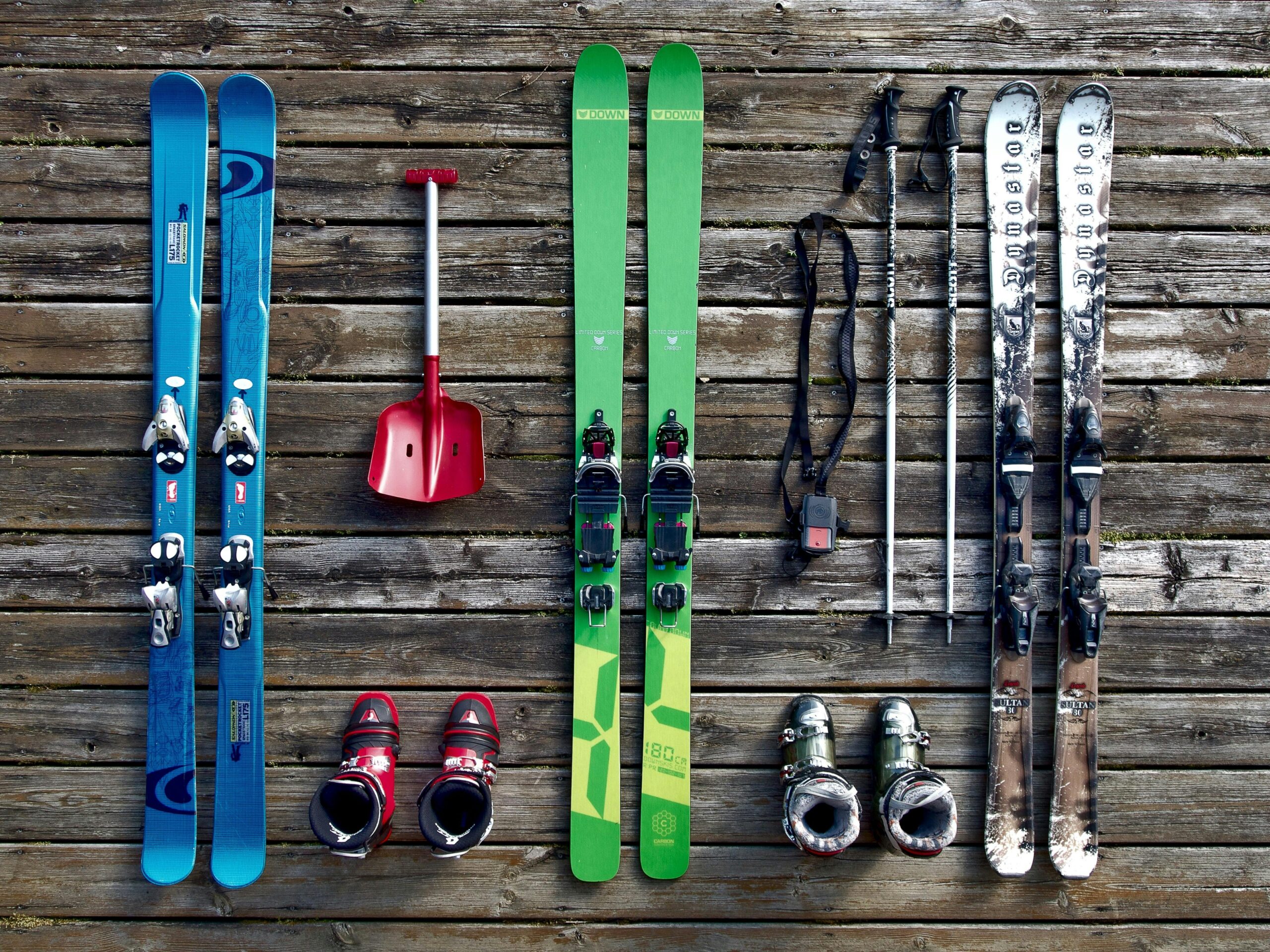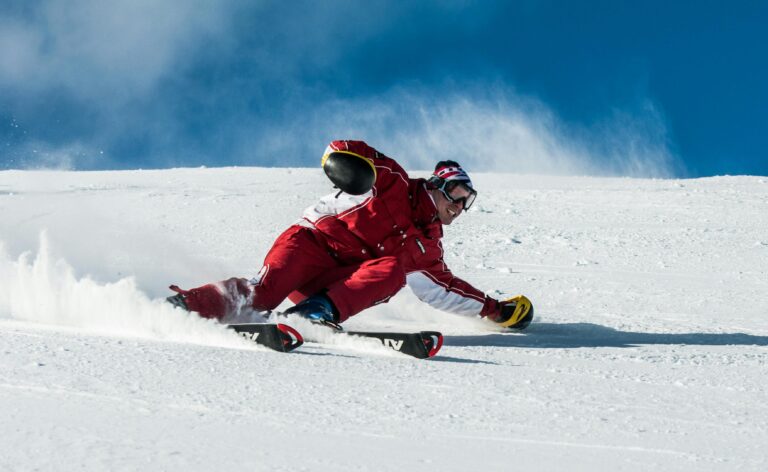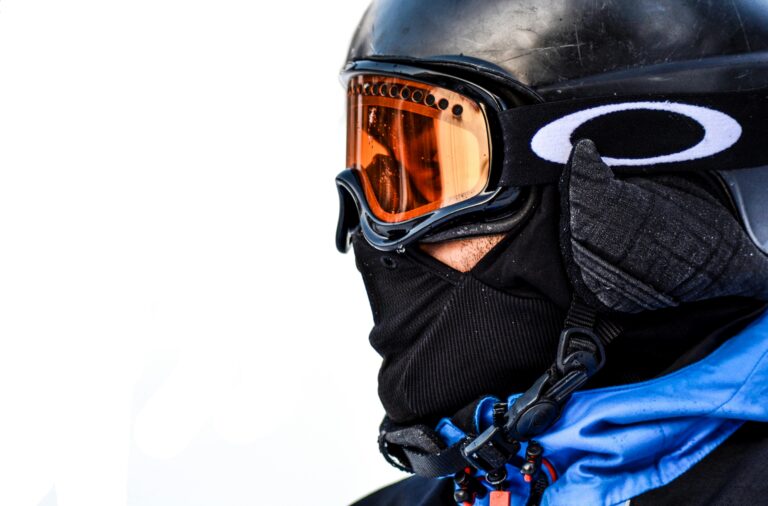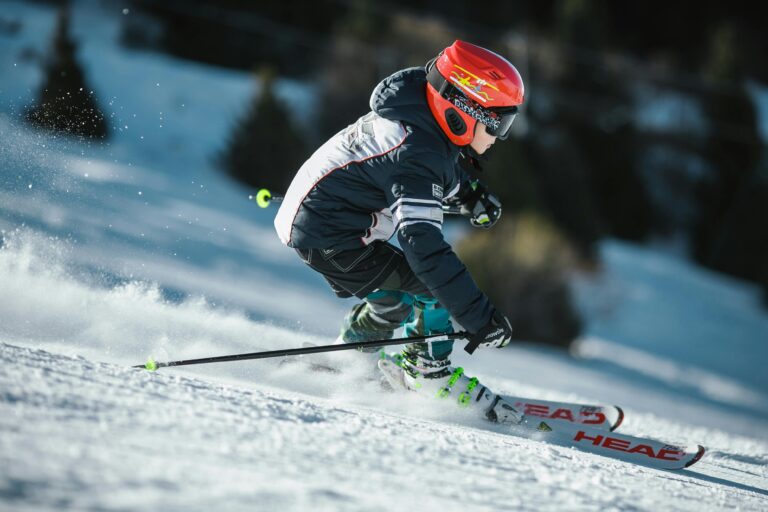Ever watched a skier glide effortlessly down a hill and thought, “I wish I could do that”? The secret behind that smooth flow often comes down to pole planting. It sounds simple, but nailing the technique can change how you ski—making you more balanced, rhythmic, and confident. In this guide, I’ll walk you through how to master pole planting so you feel in control and look like a pro on the slopes.
How to Pole Plant in Skiing: 7 Steps

- Stand Tall: Keep your posture upright but relaxed. It’s the easiest way to stay balanced.
- Select the Correct Side: Always plant your pole on the side you’re turning toward.
- Flick the Wrist: Use your wrists to flick your pole into the snow instead of swinging your whole arm.
- Timing is Key: Plant your pole right at the end of one turn before you start the next.
- Engage your Edges: Roll your knees and lean into the turn as you plant.
- Stay Consistent: Practice makes muscle memory.
- Stay Relaxed: Keep your arms calm and in front of you to help balance.
Understanding the Basics of Carving
Let’s talk carving—the part that makes skiing so addictive. Carving means making smooth, precise turns with better control. But before you get there, get comfy with snowplow turns. Hit some easy slopes and practice those wide, gentle turns.
Think of your legs like shock absorbers, adjusting to pressure as it builds near the end of each turn. It keeps you steady and gives you that thrilling glide through soft snow.
Practice Drills:
- Feel for Pressure: Move from snowplow to carving by making your turns bigger and more rounded—like casually drawing a “C” in the snow.
- Bowtie Drill: While in snowplow, move your skis in a bowtie pattern. It’s a clever way to balance and learn how your weight shifts between skis.
Why These Drills Matter:
Getting how your body reacts to pressure helps build solid muscle memory, setting you up for carving like a champ soon.
Transitioning from Snowplow to Parallel
Now for the fun part: moving from snowplow to parallel skiing. This step is all about timing, balance, and trusting yourself. When you turn:
- Bigger Turns: Make wider arcs and pick up some speed—but keep control.
- Focus on Outside Ski: Lean into that outside ski—it’s the one carrying you through the turn.
The ‘Bowtie’ Technique:
Picture drawing a bowtie in the snow as you pivot your skis. This visualization helps get both skis flat and parallel—boosting your confidence and skill.
- In-Snow Practice: Stand in your boots on flat ground and practice moving your heels and toes side-to-side.
- On-Ski Practice: Once you’ve got the feel, take it to your skis, making sure both skis stay flat as you turn.
Mastering the Carve
After you’ve switched to parallel, carving is the next challenge. It’s all about controlling your edges and timing.
Key Techniques:
- Edge Engagement: Roll your knees and lean into the turn to dig your edges in.
- Pole Plant Timing: Plant your pole right as you transition between turns, when your skis are flat.
Tips for Effective Pole Planting:
- Basic Pole Plant: Make it smooth and natural. Keep your arms relaxed in front of you.
- Use Your Wrists: Flick the pole with your wrists, not your whole upper body, to keep a steady rhythm.
Timing is Everything
The best pole plant happens when you’ve stretched out after finishing a turn, just before beginning the next one. Here’s a handy timing guide:
| Time | Action |
|---|---|
| End of the Turn | Plant the pole on the outside of your turn |
| Transition Point | Skis should be flat on the snow |
| Start of the New Turn | Engage the new edge and begin carving |
Common Mistakes and How to Avoid Them
Everyone struggles at first. Spotting common mistakes can save you a lot of frustration.
Common Mistakes:
- Wrong Pole Placement: Planting the pole on the wrong side messes with your balance. Remember: pole goes on the side you’re turning to!
- Over-Rotation: Keep your upper body steady. Too much twist toward the pole makes turns sloppy.
To sharpen your carving and pole planting, keep these in mind:
- Be Consistent: Practice regularly—there’s no shortcut.
- Stay Relaxed: Soft arms help maintain balance; stiffness works against you.
- Body Awareness: Focus on your posture and really use that outside ski.
Resources for Further Learning
Want to take things further? Check these out:
- How to Stop on Skis: 6 Easy Steps
- How to Pole Plant in Skiing: 7 Steps
- How to Turn When Skiing: Basics & Parallel Turns
Put these tips into practice, and you’ll move quickly from simple snowplow turns to confident carving.
Bonus Video Resources
If you learn better by watching, this clip breaks down pole planting perfectly:
With these tricks, skiing will feel smoother and more fun. So grab your gear, hit the slopes, and enjoy every turn. Remember—skiing is supposed to be fun. Happy carving!






